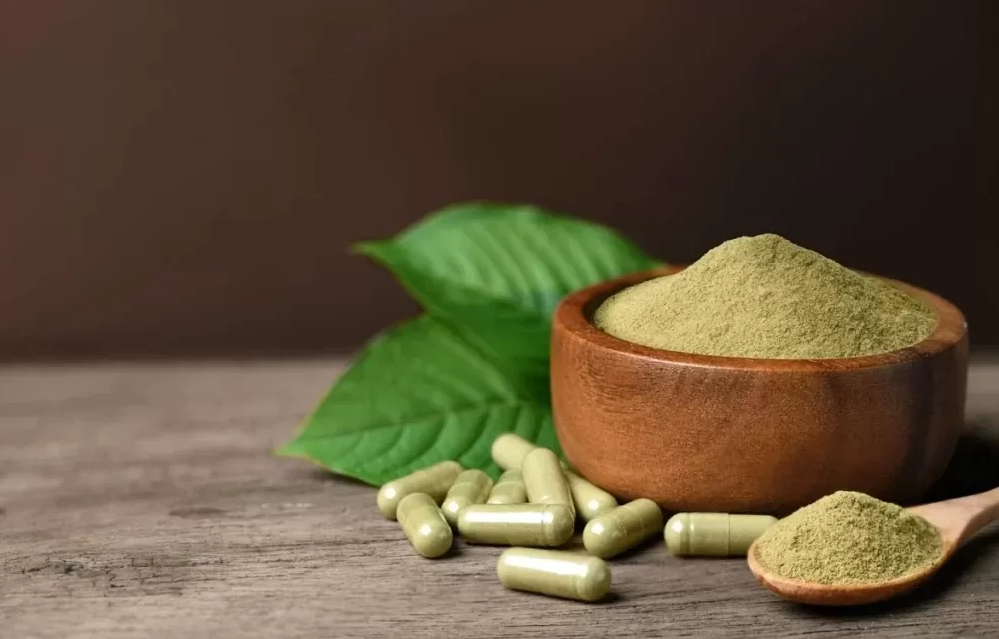Kratom powder, derived from the leaves of the Mitragyna speciosa tree, has undergone a fascinating evolution from its traditional uses to its modern-day applications. Originating in Southeast Asia, particularly in Thailand, Malaysia, and Indonesia, kratom has been utilized for centuries in various cultural and medicinal practices. Historically, kratom was integral to the daily lives of many Southeast Asian communities. Traditional users chewed the fresh leaves or brewed them into a tea to combat fatigue and enhance endurance during labor-intensive tasks. The alkaloids in kratom, notably mitragynine and 7-hydroxymitragynine, interact with opioid receptors in the brain, providing stimulating effects at lower doses and sedative effects at higher doses. This dual action made kratom a versatile tool for managing pain, increasing productivity, and even socializing, as its stimulating effects were known to foster a sense of well-being and sociability.

In these traditional settings, kratom was also employed in ceremonial practices and folk medicine. Healers used kratom to treat a variety of ailments, from pain and diarrhea to coughs and muscle cramps. Its role in traditional medicine was not just limited to physical health; it also played a part in spiritual and ritualistic contexts, symbolizing strength and resilience. The introduction of kratom to the Western world began in the late 19th and early 20th centuries, primarily through botanical explorers and trade. However, it was not until the 21st century that kratom began to gain significant attention outside of its native region. In the early 2000s, kratom’s popularity surged in the United States and Europe, largely driven by the growing interest in herbal and green vein kratom alternative remedies. Users sought kratom for its purported benefits in managing chronic pain, opioid withdrawal symptoms, and mood disorders. Modern-day kratom is predominantly consumed in powdered form, which is derived from dried and ground kratom leaves.
This powder can be mixed with liquids, encapsulated, or even incorporated into various products like energy shots and teas. The shift to powder form was driven by the desire for convenience and versatility, allowing users to easily adjust doses and integrate kratom into their daily routines. Despite its growing popularity, kratom has sparked significant controversy. Its legal status varies widely, with some countries and states imposing restrictions or bans due to concerns about its safety and potential for addiction. While proponents advocate for its benefits, citing its role in pain management and opioid withdrawal, critics point to the lack of robust scientific research and potential risks associated with its use. In response to these concerns, there has been an increased focus on researching kratom’s safety and efficacy. Efforts to standardize its production and ensure quality control aim to address the inconsistencies and potential dangers associated with unregulated kratom products. As the debate continues, kratom remains a symbol of the complex interplay between traditional knowledge and modern scientific inquiry.
Categories: Health
Leave a Reply